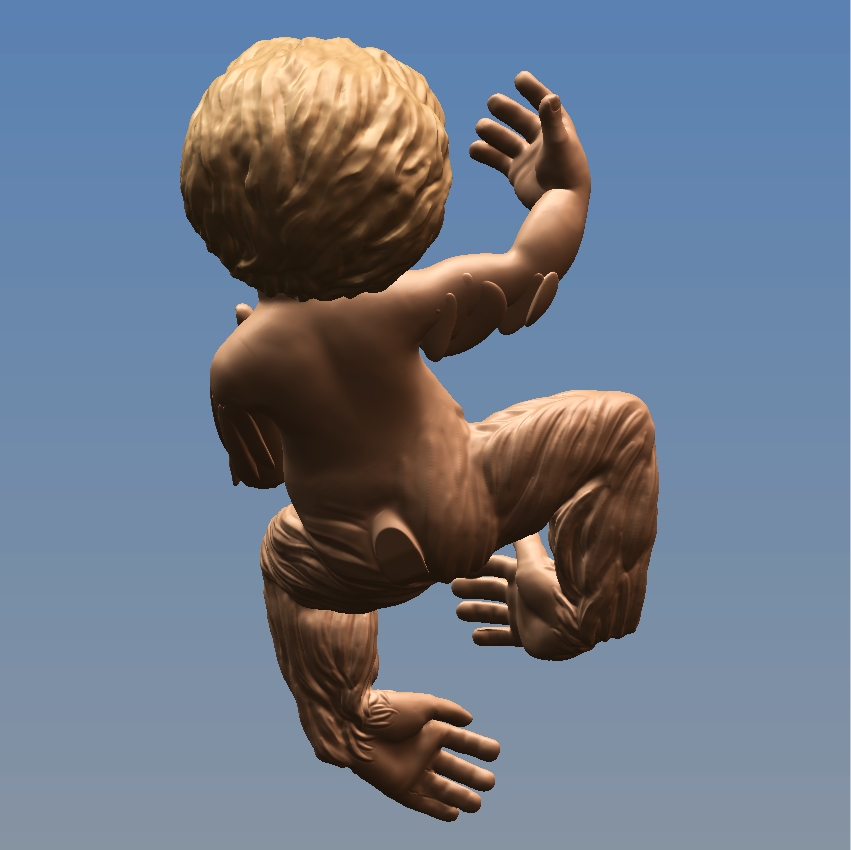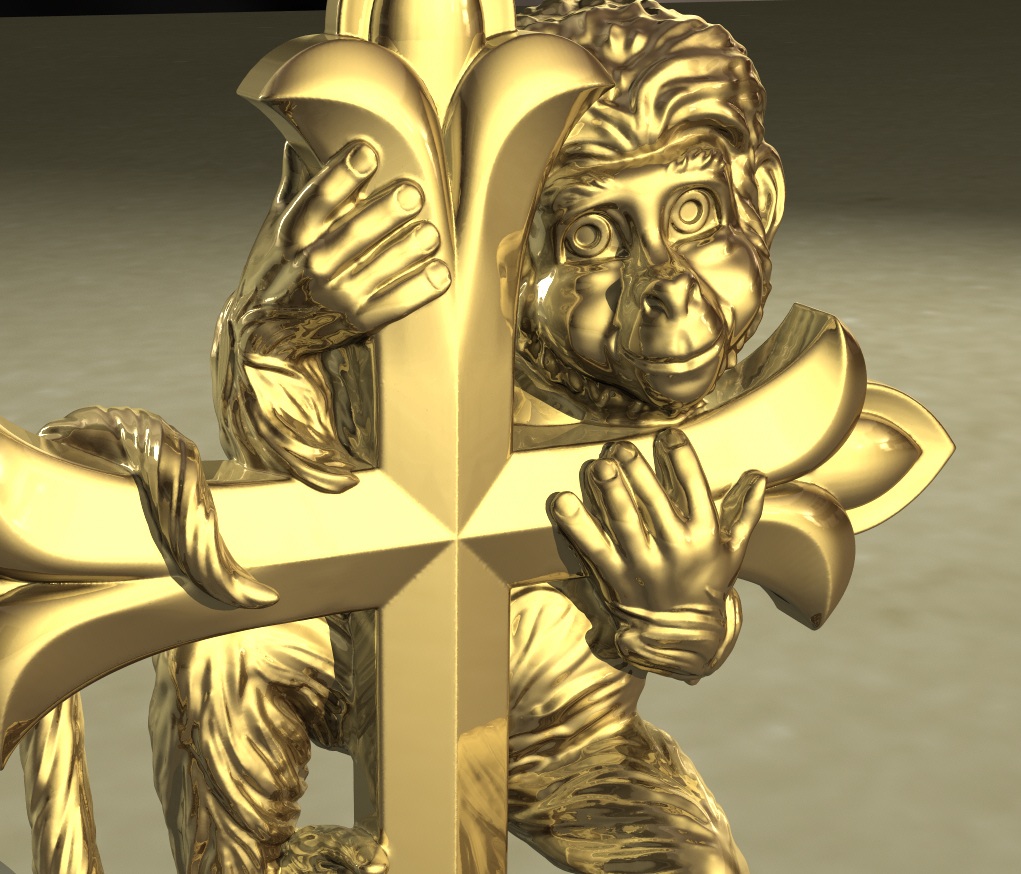This ring was based on a meditation-fueled experience from 15 years ago, where I found myself soaring above a sea strand. On my left was a beach expanding to one horizon, and on my left the ocean expanded to the other. I was about four feet above the ground and soaring fast enough to blur the water and sand beneath me. This experience went on for what felt like hours—not dream hours—real ones. When it was over, I felt twice my size.
At this stage in my career I try to keep my designs personal, and a couple of years back I started playing with the idea of capturing the strand experience in a ring design. I wanted to express where dualities met and became one. Where physical met spiritual. Where life met death. Where masculine met feminine. Where individuality met everything else. When designing, I love to play with interesting materials. I decided a perfect way to express water would be to center the piece around an opal—fossilized water so to speak—and to float the opal in a softly sculpted pool of black jade. I loved the juxtaposition, how the form and polish of the jade felt liquid, yet the material itself was literally stone. I framed this central motif with richly toned 18k yellow gold. I wanted the shank and shoulders to express a white sand beach, so I chose boldly brushed platinum-sterling silver; platinum-sterling is light weight, has a beautiful white color, and resists tarnish—an important consideration with a textured finish. I wanted this texture to give a muted sabe’ effect with the brushed strokes following the circumference of the ring bore to mimic sand blurring under speed. Along the way, I decided the ring was personal enough to make my own and developed the piece as an important men’s ring. The form was bold but fluid. I split the shank passing under the finger to further express duality as well as for comfort. I signed the piece beneath the jade using mirrored initials, reflections. I liked the design very much and couldn’t wait to see it realized.
Following my typical product development process, I CAD modeled the ring. I prefer not to use plating, so I was facing a complex assembly…essentially sandwiching the gold center between the silver shoulders. To further complicate the piece, I didn’t want to waste gold under the jade where it would be invisible as well as formidably heavy and expensive. Lastly, the fit between the jade and its bed needed to be absolutely precise, as would the fit between the top of the jade and opal’s bezel—all of which would be assembled with cold connections.
I found an outstanding Ethiopian opal with mysterious gray body-color and smoldering patch-fire in greens, blues, and reds. I placed my 3D-printed parts, the opal, and a block of fine black jade in the hands of one of my favorite New York master-craftsmen, Mark Willardson. His skilled hands brought my virtual piece to life. The finished ring was, in my opinion, stunning. It was completed just in time to be entered in the annual faculty exhibition at the Fashion Institute of Technology where on its first day in the show, between 8:30 and 11:00 in the morning, it was stolen from its display case.
I was devastated. This was the first time I’d had one of my pieces stolen, and I hadn’t even had the chance to even wear it. The only photo I had (the one in the flyer) was taken in my office on the way to the exhibition space. The ring was never recovered (though if any of you out there come across it, the investigation remains open and the above information is live). Fortunately, the show was insured, and after a number of months, I was reimbursed the cost to remake the ring.
For the second go-round, Mr. Willardson was not available, but it just so happened that I had been working with Carvin French—the firm where I was fortunate enough to spend six of my formative professional years—on an important emerald gentlemen’s ring for a client of mine. They agreed to keep working with me on the Strand Ring’s reincarnation.
Given the opportunity, I refined the form of the ring for a more natural transition into the shoulder from the jade surround. The original, straighter interpretation had been pursued to ensure an overall masculine effect. But having held the ring in my hands, I believed a more organic flow was required. Besides, the sheer mass of the ring imbued it with a masculine feel.
A singular challenge was finding a second opal as outstanding as the first. After a rigorous search and reviewing dozens of candidates, I found another brilliant specimen. Unfortunately, it was much larger than its predecessor so further design adjustments and re-cutting were necessary. Re-cutting an opal is not a scientific endeavor; you won’t know what you have until you’re finished. The stone came out even more beautiful than I had hoped. This stone wasn’t brooding and mysterious like first opal, but it was still breathtaking. As Carvin French’s Sylvain Chervin put it, it was a merry stone. It would give the ring a brighter, lighter feel, and I was thrilled to see the project move forward.
A new opal meant adjustments all around, and Carvin French had their own ideas and experience to add to the process. Steadily, the Strand Ring came together for a second time. The most intricate and labor-intensive aspect was carving and fitting the jade.
Bringing the elements together was delicate work. One of the challenges of designing a sophisticated piece of jewelry, is that everyone involved is facing something new. Pushing towards an abstract ideal is always being tempered by the real fear of pushing too far and destroying hours of valuable labor.
It was fantastic to finally hold the Strand Ring again! The new ring is even more effective than the original!
All that’s left is to have the piece professionally photographed (and potentially entered in a design competition). Check back here or on my Instagram #kimbricated for further updates.

















